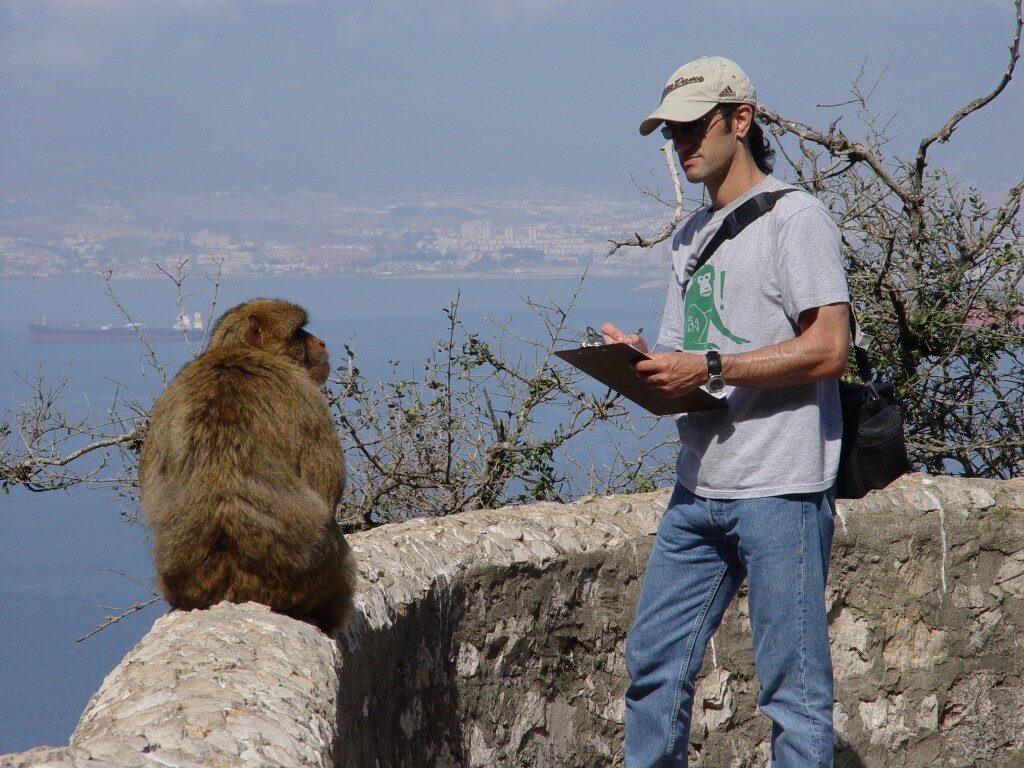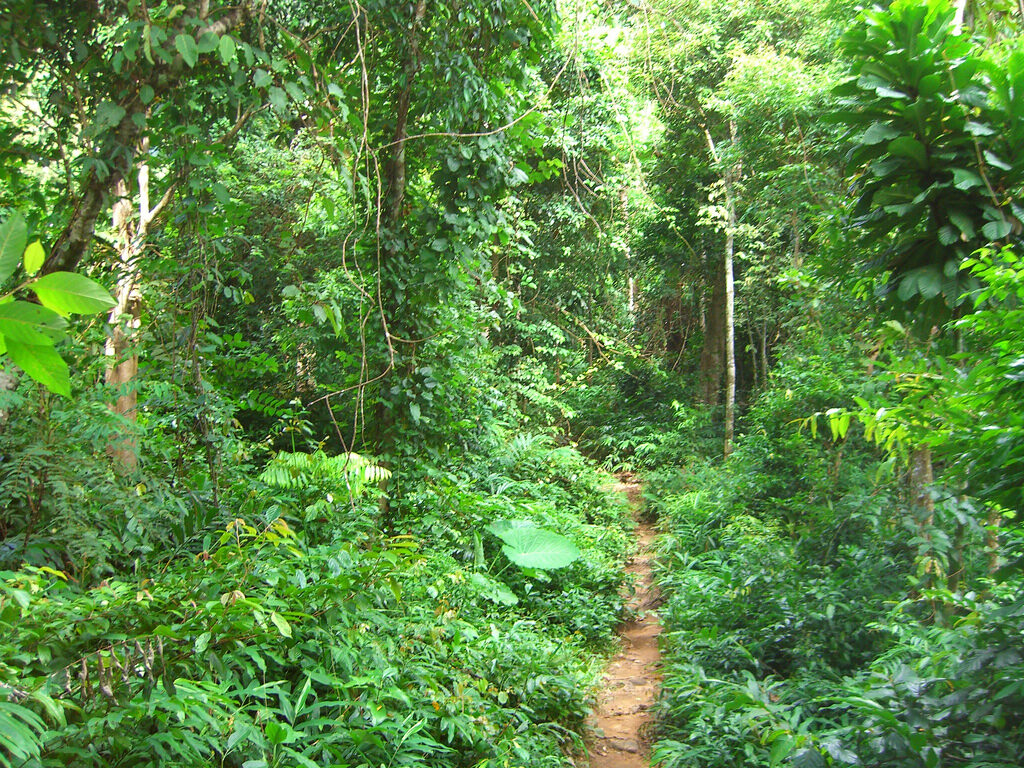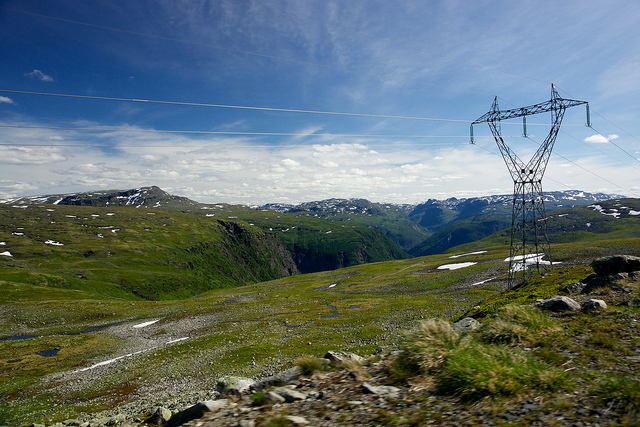BECOMING HUMAN WITH OTHERS IN THE ANTHROPOCENE: THE LONG VIEW

We shape and are shaped by our caretaking, consumption, manipulation of, destruction of and compassionfor other beings. Human evolution is a multispecies endeavor, a current in which humans and our companion species have always been caught. This process of entanglement is more pervasive and broadly distributed in the Anthropocene than ever before.
There is little doubt that we are in a new epoch of global experience. The Anthropocene is a time when “The human imprint on the global environment has now become so large and active that it rivals some of the great forces of Nature in its impact on the functioning of the Earth system” (Steffen et al. 2011) and we are truly in “a kind of hybrid Earth, of nature injected with human will, however responsibly or irresponsibly that will may have been exercised” (Hamilton and Grinevald 2015).
Reflecting on core processes in human evolution can give us insight into what we can, will, and should do looking forward as members of global, yet very local, ecologies. Bypassing the conceptualization of the biological, social, and ecological as distinct domains of being, and thinking of them as intertwined processes of becoming, presents a powerful lens for understanding ourselves and our relationships with others in the Anthropocene.
Contemporary approaches to human evolution go beyond explaining our bodies and ecologies and focus on broader evolving systems. The challenge of developing such a systems approach for humans is to conceptualize the dynamism and exponential growth of the species. In rapid order, humans moved from the production of simple stone tools 2 million years ago – to increasingly complex tools and widening geographic spread 1 million years ago – to the use and control of fire – to complex hunting and rudimentary language – to art, and complex multi-community social networks – to agriculture and towns – to the megacities, global religions, and world economies of today. It is the human ability to deploy multiple, flexible, and distinctive responses to evolutionary pressures and their manipulation of ecological landscapes that facilitates the emergence of the potentially misnamed “sapiens” by ~185,000 years ago.

There is substantial scientific support that human evolutionary patterns are strongly influenced by niche construction. Niche construction is the process by which organisms and their environments shape one another across evolutionary time. Traditional assumptions about evolution have the environment acting as a filter and constraint on organisms, causing organismal change over time. In niche construction, organisms have an active role in shaping the environment in response to the pressures it exerts—there is a mutual mutability between organism and their environment. Humans’ ability to substantially modify our surroundings—our niche—through behavioral means is a central feature of this process—think about agriculture, domestication of animals, cites, etc.
Niche construction creates feedback within the evolutionary dynamic, with organisms engaged in niche construction modifying the evolutionary pressures acting on them, on their descendants, and on unrelated populations sharing the same landscape.
Central patterns that emerged over the course of human evolution are closely tied to an evolving human niche which facilitated multifaceted successes in a diverse array of environments. But this process also swept countless others into the process of human becoming—forcing them along for the ride, co-shaping our and their futures. Take for example dogs and forests.
We have evidence of changes in the bodies and behavior of the canids we call dogs began as much as 30,000 years ago (Grimm 2014). Regardless of how it first started canids and humans began to hang around one another as fellow scavengers or predators and their behavior toward each other mutually reinforced the relationship over time. However, it was the human activities of hunting large game, of manipulating the breeding of the canids, and the ways in which the humans included the canids as part of their own social networks that exerted evolutionary pressures on the bodies, and minds, of these developing dogs. As humans changed their diets, so did dogs; as humans moved to new areas and took on new animals as domesticates the newly shaped dogs served multiple roles including companion, laborer, protector, even food. The lives of humans and dogs became entangled, but fundamentally driven by the humans’ ever increasing manipulation of the world around them.

Consider forests, too. There is abundant evidence that more than 11,000 years ago groups of foragers in the forests of Southeast Asia were selectively harvesting fruits, trees and certain types of plants. Over multiple millennia these actions shaped the forests’ ecology, species diversity, and how the plants and soils interacted with not just the humans but all of the denizens that shared the landscape. There is such an abundance of evidence of the human influence on the ecologies and structures of forests in the region that recent research suggests that “the forests of this vast region are, to an extent, a cultural artefact” (Hunt and Rabett 2013): the areas many refer to as “pristine” rainforest are deeply entangled with human action. It is not just in the past four of five centuries that human niche construction has involved the restructuring of forested lands, this process extends deep into the past.
Rather than being some recent aberration caused by modern technology, industrialization and neo-liberal economies over the past three centuries, contemporary relationships between humans and the rest of the planet represent the continuation (albeit a radical expansion) of countless millennia of human action, of human niche construction, of shaping and being shaped by countless changing ecologies: the processes that define the Anthropocene have deep roots.
Human communities continue to “make it” in the world via niche construction, cooperation, collaboration and creative solutions to the challenges we face. In the Anthropocene this has different implications than it did 10,000 years ago in the Holocene or 400,000 years ago in the Pleistocene. Over the last 50 (or so) centuries the global rate of human population growth, density and impact has increased remarkably, with ratcheting impact on the other species along for the ride. In the last few centuries this same increase was exponential. This means that although humans continue to do what we do well (shape the world to human ends even as it shapes us), the rate, impact and outcomes on the world and on ourselves are amplified in our new, Anthropocene context. We may be on the brink of potentially catastrophic repercussions for humanity, other species and the global ecosystem.

However, we do not evolve in a straight line. Our immediate and distant futures are neither fixed nor rigid. Looking to our past illustrates that we are malleable, and can (and do) change the shape of ecosystems and ourselves. But only when we make the efforts to collaborate and to create—we are one of the few species that had a hand in making itself and the world, and will continue to do so. We need to be more cognizant of these processes and impacts and recognize that nothing we do is only about us (as a species or individuals). If we are injecting the world with a human will, then we have a responsibility to manage the results for ourselves and for others.
Humans, as consummate niche constructors, are ecosystem managers with attendant ethical and practical responsibilities. It is our history to shape the world as it shapes us. We now have an obligation to shape sustainable futures for ourselves and by doing so shape sustainable processes for the ecosystems we are part of and the myriad of other species that we share them with. It is incumbent on us as we become ourselves, with others, to remember this.
Works Cited
Grimm, D. 2015. “Dawn of the Dog.” Science 38(6232):274-279.
Hamilton, C. and Grinevald, J. 2015. “Was the Anthropocene Anticipated?” The Anthropocene Review 2(1) 59–72.
Hunt, C. and Rabett, R. 2013. “Holocene Landscape Intervention and Plant Food Production Strategies in Island and Mainland Southeast Asia.” Journal of Archeological Science 51:22-33.
Steffen, W., Grinevald, J., Crutzen, P., and Mcneill, J. 2011. “The Anthropocene: Conceptual and Historical Perspectives.” Philosophical Transactions of the Royal Society A. 369:842–867.
Agustín Fuentes is Professor of Anthropology at the University of Notre Dame. His current foci include cooperation and bonding in human evolution, ethnoprimatology and multispecies anthropology, evolutionary theory, and public perceptions of, and interdisciplinary approaches to, human nature(s). His most recent book is titled Race, Monogamy, and Other Lies They Told You: Busting Myths about Human Nature, published by University of California Press.
This post is part of our thematic series, Multi-Species Anthropology: Becoming Human with Others.

